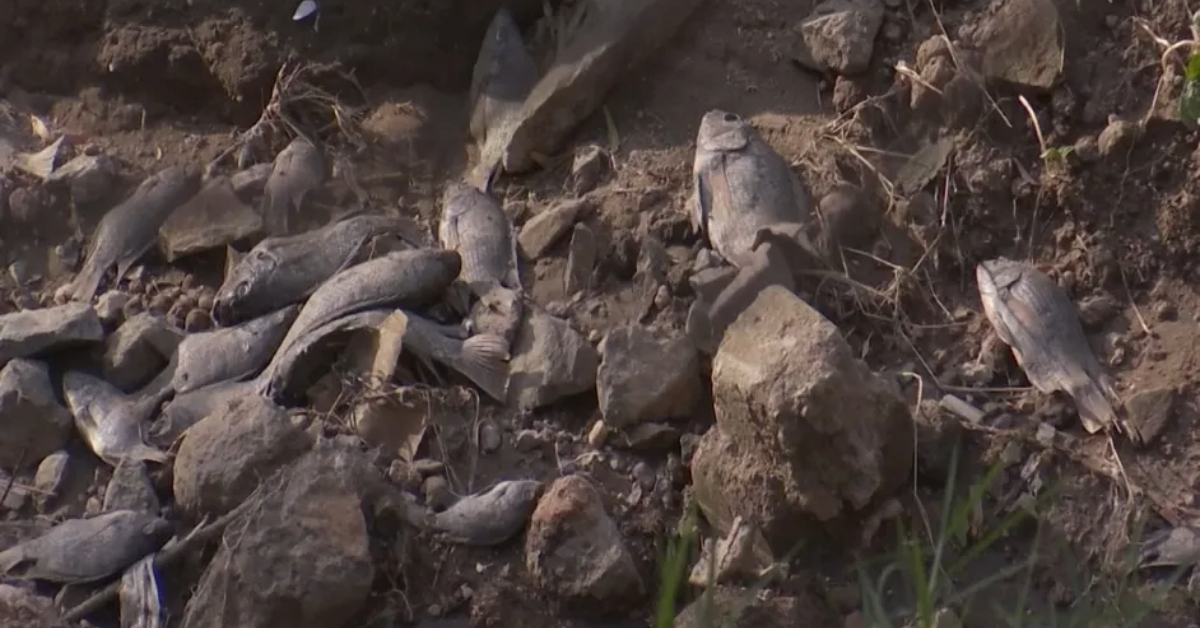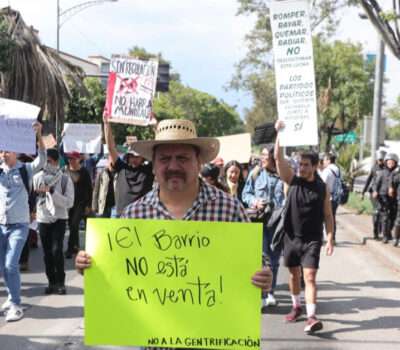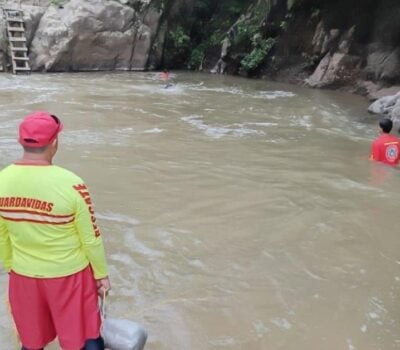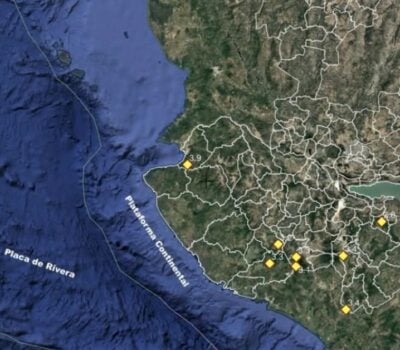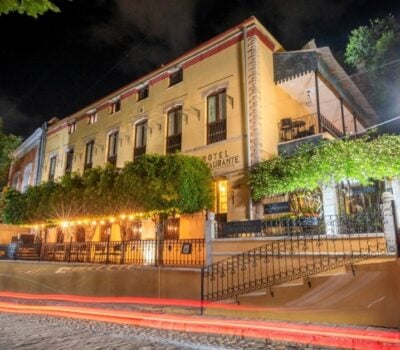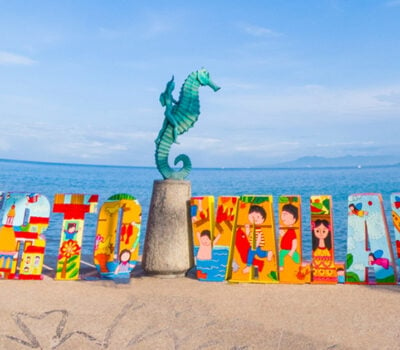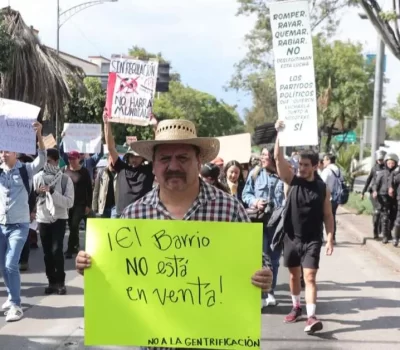On June 10, 2025, neighbors of Colinas de San Miguel and the Capital Norte subdivision in Zapopan discovered thousands of dead fish lining several kilometers of the Río Blanco’s banks. The sight of mostly mojarra swept ashore painted a stark picture of ecological distress in what was once one of the region’s cleanest streams.
This incident follows a similar mass fish kill near Ajijic on Lake Chapala just days earlier, marking the second major aquatic die-off recorded in Jalisco within ten days. Both events have heightened worries over water contamination and public health risks in the Guadalajara metropolitan area.
Local residents say the fish began washing up shortly after heavy machinery arrived to begin piping work on the Río Blanco. Yet the precise cause remains unclear. Witnesses noted that the fish species found aren’t native to this section of river, raising suspicions about upstream discharges or illegal dumping.
“I’ve never seen anything like it,” said Abel Plascencia, a lifelong resident of Colinas de San Miguel. “The stench seeped into my home while I was working. It was disturbing to see thousands of dead fish piled in the mud, and even more unsettling that no one seems to know why.”
Plascencia recalls playing along the Río Blanco as a child. “More than 30 years ago it ran clear and fresh,” he said. “Now people dump sewage from Misión del Valle, Jardines del Valle, Nuevo México and other nearby housing developments straight into it. This river has become a dumping ground.”
Photographers from MILENIO documented the grim scene near Colegio Tepeyac, capturing fish trapped in thick mud and others floating downstream in turbid water. The images underscore both the severity of the contamination and the apparent inaction by municipal authorities to prevent or respond to the crisis.
The community is demanding an immediate environmental investigation and sanctions against those responsible. Residents warn that continued discharge of untreated wastewater threatens not only aquatic life but the health of families who live along the river’s edge. “We need water quality tests now,” Plascencia urged. “No more excuses—people could get sick if this continues.”
As Jalisco faces consecutive fish-kill events, environmental advocates warn that authorities must act swiftly to identify pollutant sources, enforce regulations, and restore the Río Blanco. Without urgent intervention, Zapopan risks losing a vital green space and exposing thousands of residents to potential health hazards.


